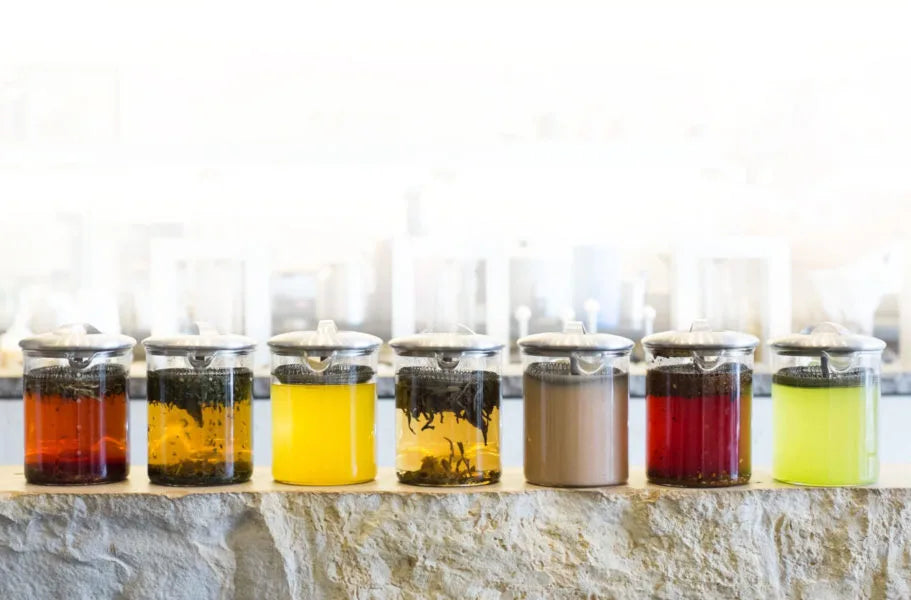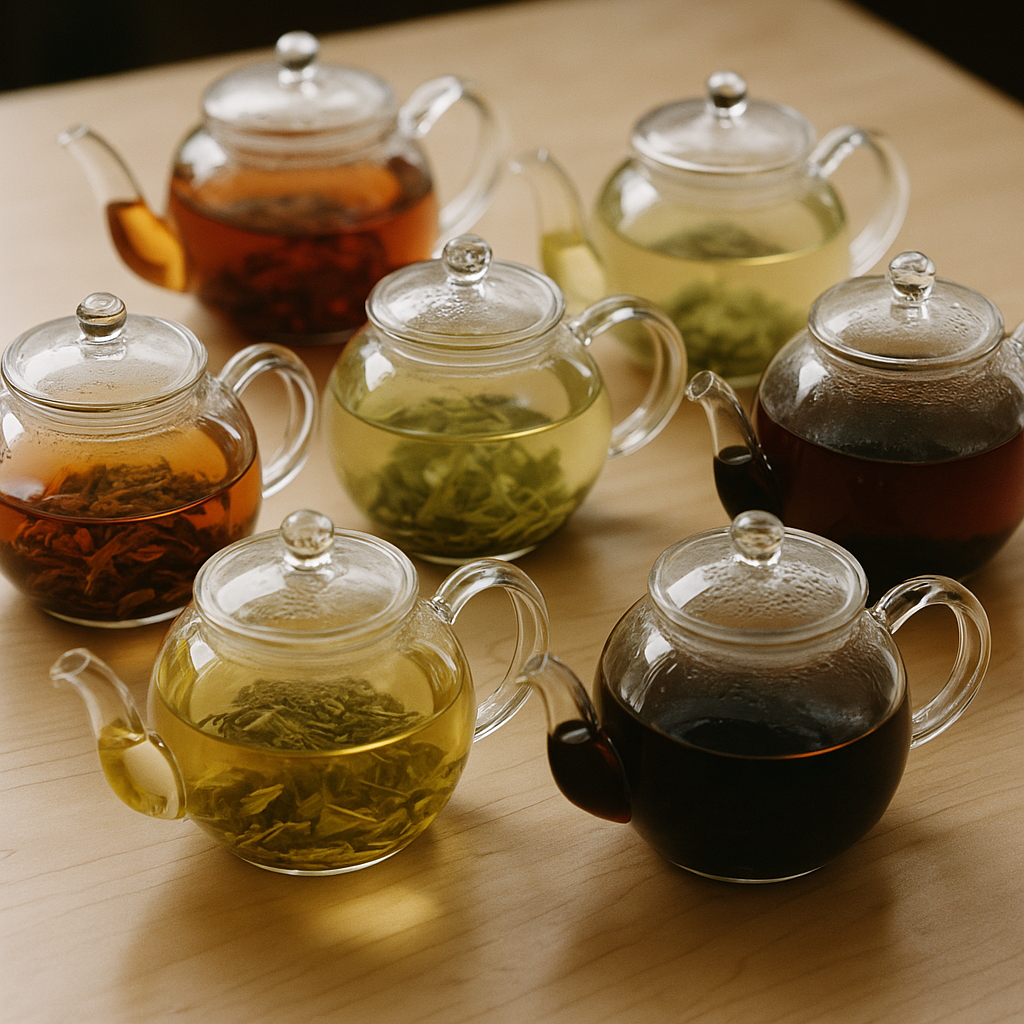
How Tea is Made
Picking. Sorting. Withering. Steaming. Rolling. Oxidizing.
These meticulous steps transform fresh tea leaves into your perfect cup. Discover how the leaf becomes the sip you savor.
All Tea Comes from One Plant
Believe it or not, all true tea—whether black, oolong, green, white, or pu-erh—originates from the same plant: Camellia sinensis. Similar to wine grapes, tea leaves come in various varietals that develop unique flavors influenced by their geographic location, climate conditions, soil composition, and careful human cultivation.
Processing Makes the Difference
While all tea begins from the same leaf, different processing techniques dramatically alter its flavor, color, and character. (Note: Herbal infusions, such as chamomile, rooibos, or peppermint, are technically not "tea," as they don’t originate from Camellia sinensis.)
Oxidation is central to the tea-making process. Oxidation—the natural reaction of tea leaves with oxygen—determines whether a tea becomes green, black, oolong, or white.
- Least oxidized, preserving their delicate, fresh flavors and vibrant, lighter colors.
- Partially oxidized, offering complex flavors that range from fruity and floral to deeply roasted.
- Fully oxidized (or fermented in the case of pu-erh), resulting in robust flavors and darker infusions.
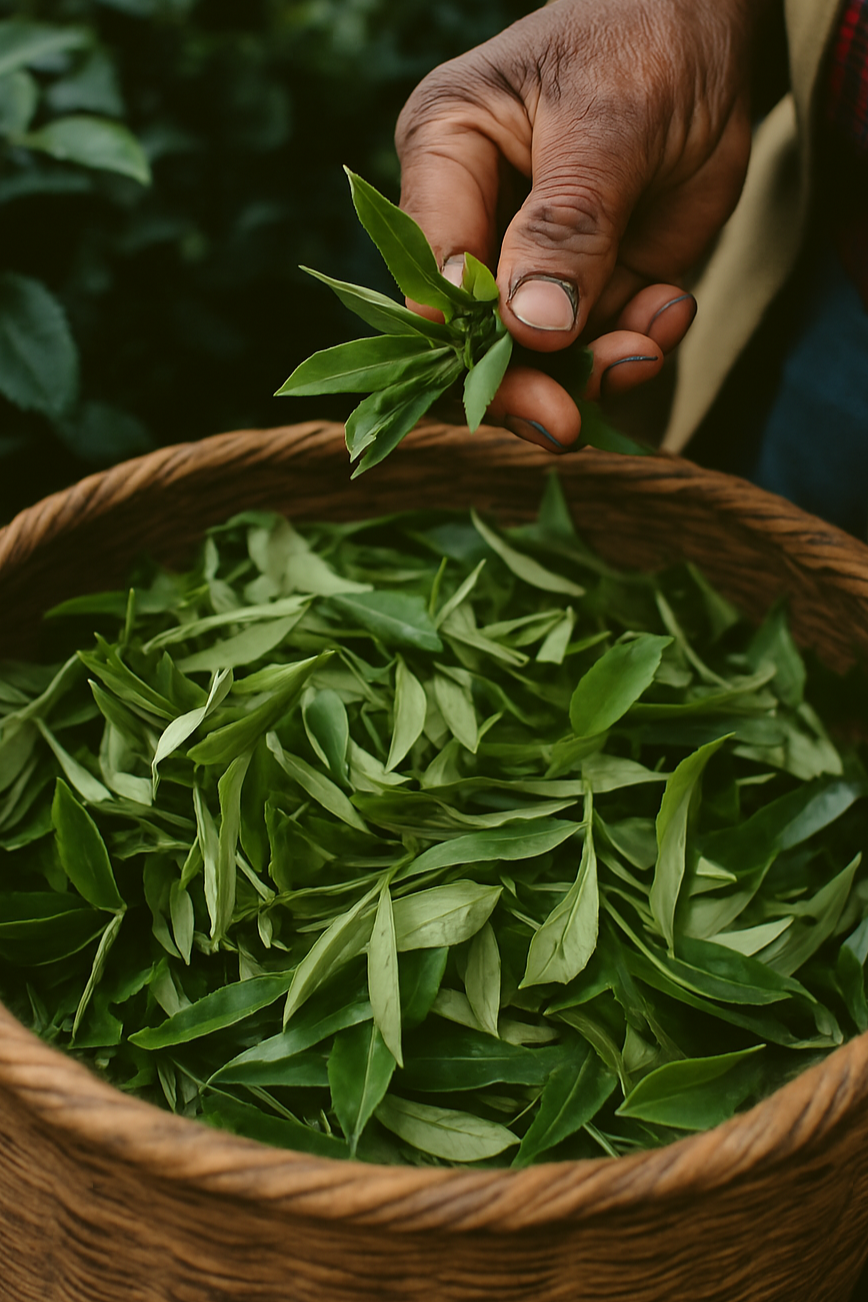
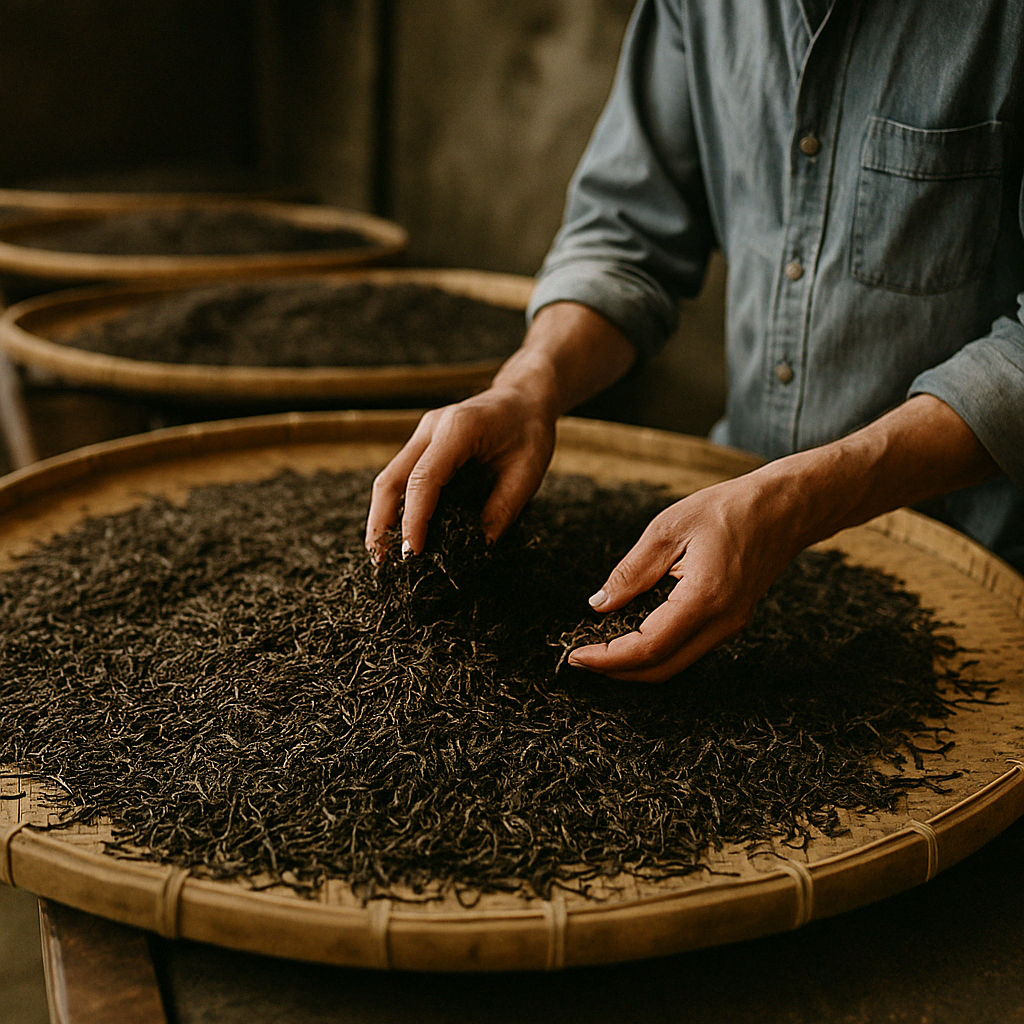
Steps to Crafting Exceptional Tea:
1. Plucking
Great tea starts with selective harvesting. Skilled tea pickers typically gather just the young bud and two adjacent leaves, ensuring the highest quality flavor and aroma.
2. Withering (or Steaming for Green Teas)
Withering is the initial drying phase, essential for white, oolong, black, and pu-erh teas. Freshly picked leaves are spread on trays or racks, allowing air circulation to reduce moisture content, making the leaves flexible and ready for rolling.
For green teas, the leaves are swiftly steamed, pan-fired, or baked right after picking, halting oxidation immediately and preserving their green color, fresh aroma, and vegetal flavors.
3. Rolling
Traditionally performed by hand (and still practiced for premium artisan teas), rolling is often now mechanized. Rolling breaks down leaf cell structures, releasing essential oils and juices, enhancing flavor intensity, and encouraging uniform oxidation. This step also shapes the tea leaves into their distinctive forms, from tightly twisted spirals to delicate curls.
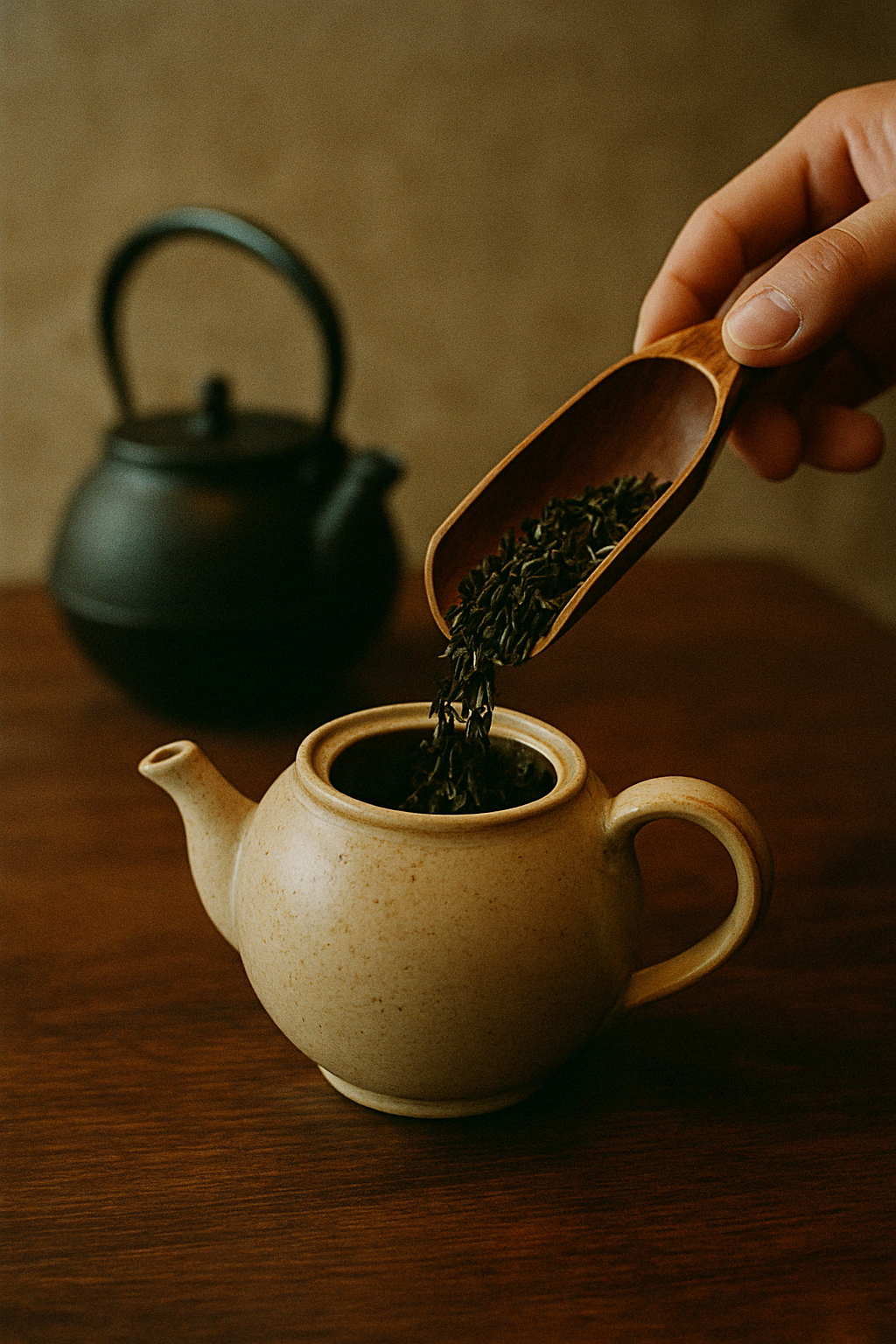
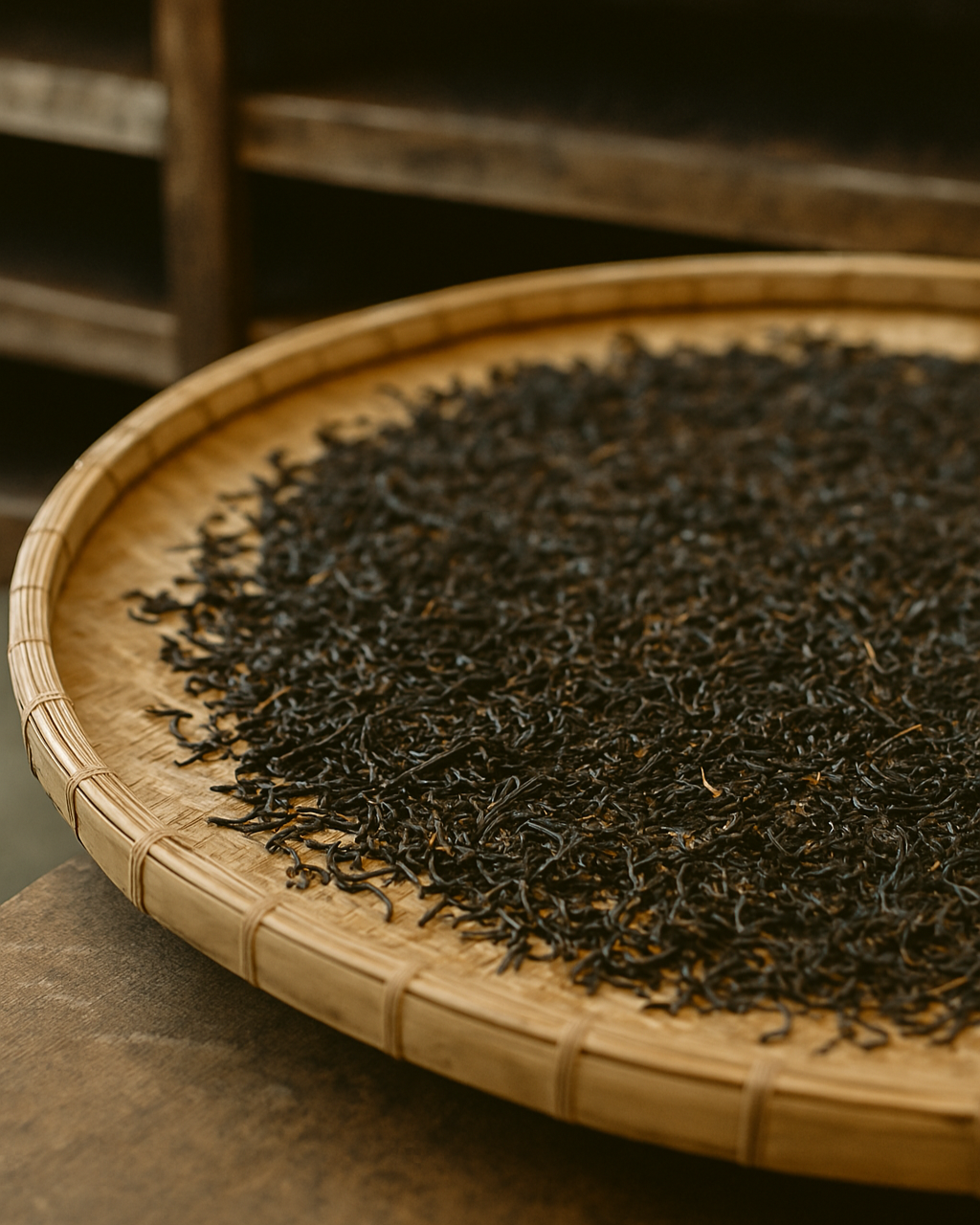
4. Oxidation
Oxidation is a carefully managed chemical reaction between leaf enzymes and oxygen in the air. Think of a sliced apple turning brown—tea leaves undergo a similar process. The length of oxidation determines the final tea type and its unique flavor profile:
- Green and white teas (fresh, delicate flavors).
- Oolong teas (complex, balanced flavors).
- Black teas (rich, bold flavors).
5. Drying or Firing
The final step—drying—completely halts oxidation, stabilizes the tea, and locks in its distinctive flavors. Carefully controlled ovens or drying machines ensure even drying without burning, preserving the tea’s aroma, taste, and quality for your enjoyment.
Want to Learn More?
To delve deeper into tea craftsmanship, explore the seminal guide, New Tea Lover’s Treasury by James Norwood Pratt, or discover brewing tips and explore our curated selection of exceptional teas in the Samovar shop.

